The Democratic Republic of Congo (DRC), as it is officially known, is a landlocked nation with a 25-mile Atlantic Ocean coastline. It is the continent’s second-largest nation. In 1960, Congo was legally separated from Belgium. The then-ruling general changed the nation’s name in 1971 to the Republic of Zaire, which it retained until 1997.
The recent commotion between the DRC and the United Nations Organization Stabilization Mission in the Democratic Republic of the Congo (MONUSCO) has attracted wide global attention. Residents of eastern DRC’s civilian population accuse MONUSCO, which has been operational for more than ten years, of failing to shield them from the militia violence that has long plagued the area but has become more severe.
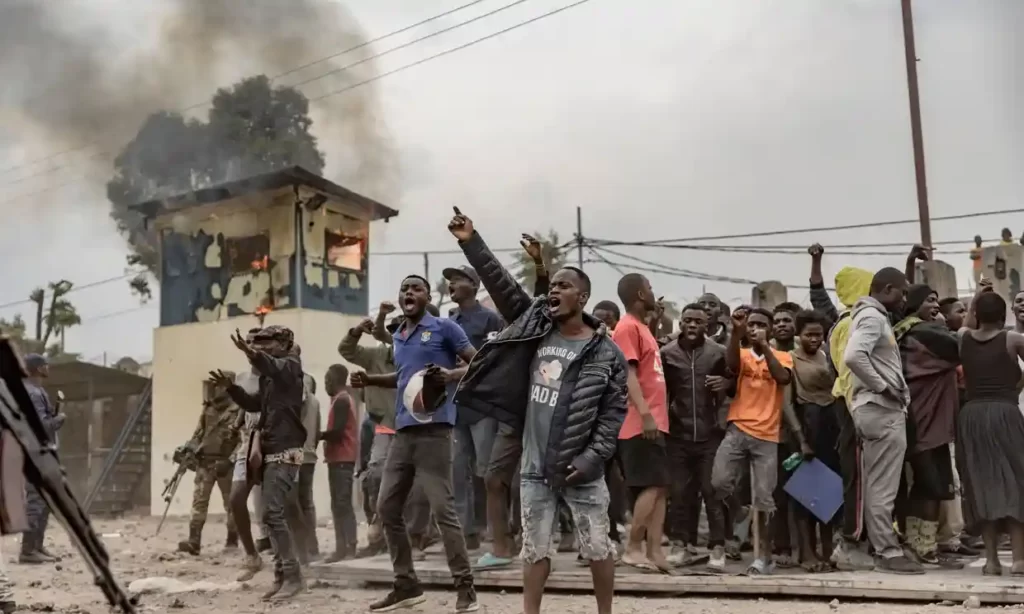
Image courtesy-The Guardian
The demonstrators demanded that the mission should pull back right away. Although there have been other protest waves like this one, few have resulted in as many deaths. Commentators believe political actors are causing turmoil as elections are scheduled for next year.
How Did MONUSCO Came into the Democratic Republic of Congo?
Many people fled to the neighbouring Kivu districts of eastern DRC during the 1994 genocide in Rwanda. There was a rebellion that started in 1996 between the army of President Mobutu Sese Seko and the rebels commanded by Laurent Désiré Kabila. In 1997, Kabila’s soldiers seized Kinshasa, the nation’s capital, and changed the name to the Democratic Republic of the Congo with the help of Rwanda and Uganda (DRC).
In the Kivu regions, a mutiny against the Kabila administration began in 1998. The insurgents quickly took control of substantial portions of the nation. The Security Council encouraged governments not to meddle in the nation’s internal affairs and demanded a cease-fire and the evacuation of foreign soldiers.
The Security Council formed the United Nations Organization Mission in the Democratic Republic of the Congo (MONUC) after the Lusaka Ceasefire Agreement was signed in July 1999 by the DRC and five regional States. As the Security Council resolutions required, MONUC remained on the field and carried out various political, military, rule-of-law, and capacity-building activities. This included making attempts to put an end to ongoing conflicts in a number of the DRC regions.
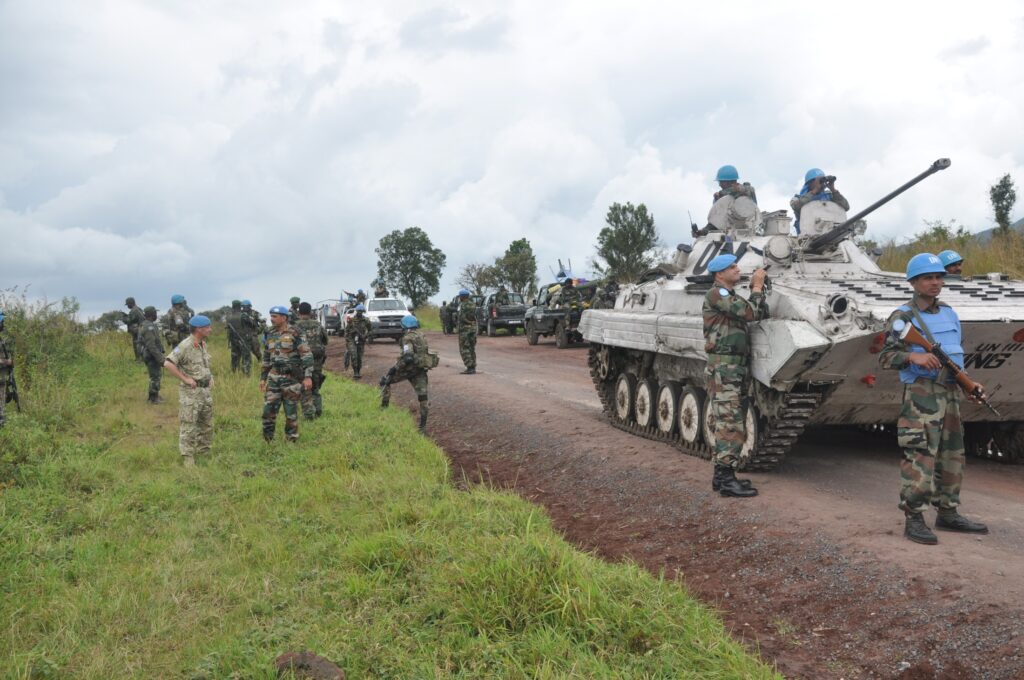
To represent the new stage achieved in the nation, the Security Council renamed MONUC to the United Nations Organization Stabilization Mission in the Democratic Republic of the Congo (MONUSCO) by Resolution 1925 on July 1, 2010.
The new mission received the go-ahead to use any and all means necessary to carry out its authority. This included supporting the Government of the DRC in its stabilisation and peace-building efforts as well as protecting civilians, aid workers, and human rights advocates who were in danger of physical harm. The Council agreed that MONUSCO would have a maximum of 19,815 military men, 760 military analysts, 391 police officers, and 1,050 members of organised swat teams, in addition to the required civilian, judicial, and correctional components.
Relationship Between the UN Peacekeeping Mission (MONUSCO) and the Democratic Republic of Congo
The DRC has a lengthy and contentious history with UN peacekeeping. As per reports, it is the largest and most expensive peacekeeping operation in the history of the world. Moreover, it is one of the UN’s most challenging missions to date.

Image courtesy-United Nations
The DRC has made significant progress since the UN peacekeeping mission, and several of the country’s regions have seen a general improvement in the situation. However, the eastern part of the nation has continued to experience repeated waves of conflict, ongoing humanitarian crises, and grave crimes against humanity, including those associated with sex and gender-based abuse.
Probable MONUSCO failures
There were 250 different ethnic groups in the nation as of 2020, with more than 130 armed groups operating in the Kivu regions. The violence has been made worse by racial tensions, a lack of food, corruption, and access to mineral resources. These conflicts have also resulted in widespread sexual violence, a worsening of the economy, and an increase in famine. In the eastern and southern regions, armed groups struggle for access to minerals as they utilise the sales to pay for weapons.
“MONUSCO did fail in the DRC because it did not take into account local culture or create specialised mechanisms for handling problems. Despite having 17,572 people deployed as of May 2021, the mission has had difficulty addressing problems, including sexual violence and resource exploitation in the eastern regions.”
Peacebuilders are taught to adhere to pre-established rules and processes, which forbid flexibility in the face of shifting circumstances. Therefore, peacekeeping missions frequently impose broad humanitarian assistance on locals without having a meaningful impact. The local politics and history that have influenced the current conflict were not taken into account by peacebuilders. According to experts, the process begins with cultural fluency. Before participating in peacekeeping missions, peacebuilders must thoroughly know the local cultures, histories, and social mores. Not only should the values of a particular culture be honoured, but more significantly, the peacebuilders must use them as the foundation of dispute resolution.

Image courtesy-BBC
What is the Region’s Most Recent Outbreak?
In response to a series of failures by the international community in the violent nation, the DRC has moved to terminate the UN’s largest peacekeeping operation ever. Since July, hundreds of protesters have attacked and burned ablaze UN structures in several cities in eastern frontier provinces. Thirty-six individuals, including four peacekeepers, have been killed due to anti-UN rallies in the eastern DRC. As men fought to suppress irrational protesters who tried to attack and damage UN installations, MONUSCO was accused of firing real bullets at protesters.

Image courtesy-Al Jazeera
Residents of eastern DRC’s civilian population accuse MONUSCO, which has been operational for more than ten years, of failing to shield them from the armed violence that has tormented the area but has become more severe. The demonstrators demanded that the police pull back right away.
What Makes People Angry?
The UN peacekeeping mission has lost the support of the DRC populace because it has failed to keep the nation secure. The DRC has struggled with group violence for many years as official forces work to contain rebel organisations. Thousands of people have been displaced due to fighting between government forces and the M23 rebel group, which is vying for control of the country from its stronghold in eastern DRC. Competing for regional powers for a long time, Rwanda and Uganda have sought to increase their power in the area, occasionally using military proxies.
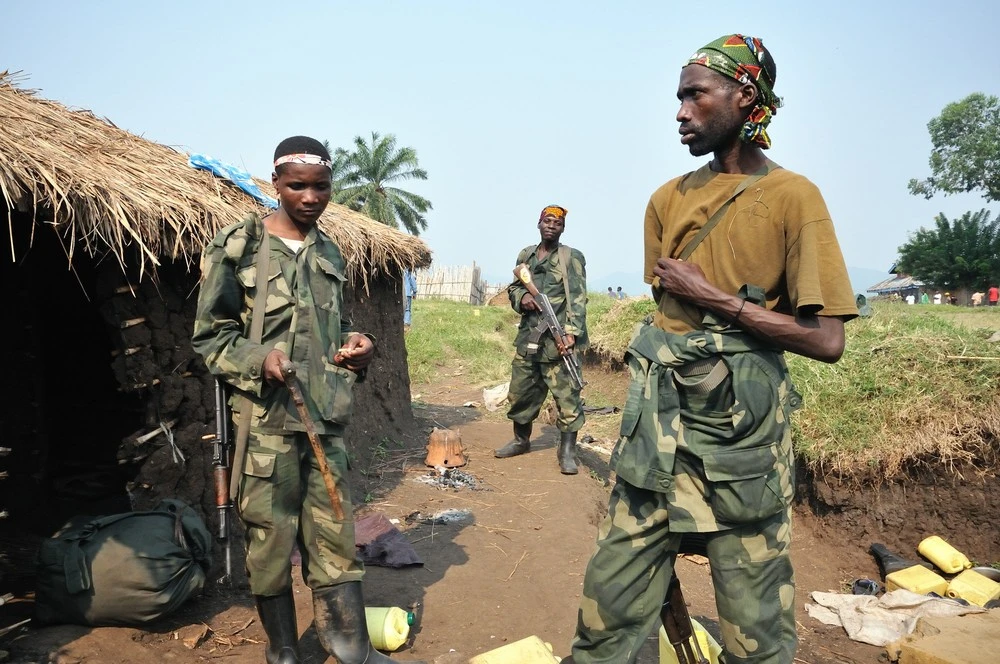
Image courtesy-Al Jazeera
Allied Democratic Forces (ADF), an offensive by an Islamist extremist group, and March 23 Movement (M23), a revived force that many Congolese believe is being sponsored by Rwanda, are contributing to the current unrest. People in the DRC are angry and disillusioned with the UN forces since they have been stationed here for the past 20 years, and little has changed in terms of the situation in the country. Human Rights Watch estimates that during June and July of this year, M23 killed at least 29 people.
Why Now?
Over the past ten years, protests against the UN mission have occurred. However, they have become more violent due to the ongoing conflict in eastern DRC. People are questioning MONUSCO’s ability to protect civilians and aid in defeating numerous armed groups since persistent attacks, deaths, and population displacement are worse than ever. According to ministry spokesman Muyaya, the protests are partly motivated by remarks made in June by Mathias Gillmann, a representative for MONUSCO. Mr. Gillmann said that UN forces had the necessary tools to battle M23. The authorities accused him of making “impolitic and unacceptable” remarks that strained relations between MONUSCO and the Congolese populace. The Statement led to Mr. Gillmann’s expulsion from the DRC on 4th August 2022.
Bintou Keita, the head of MONUSCO and the UN Secretary-representative General in the DRC, informed the UN Security Council in a meeting in June that the eastern region’s security situation had worsened as a result of M23 and other armed groups’ ferocious attacks.
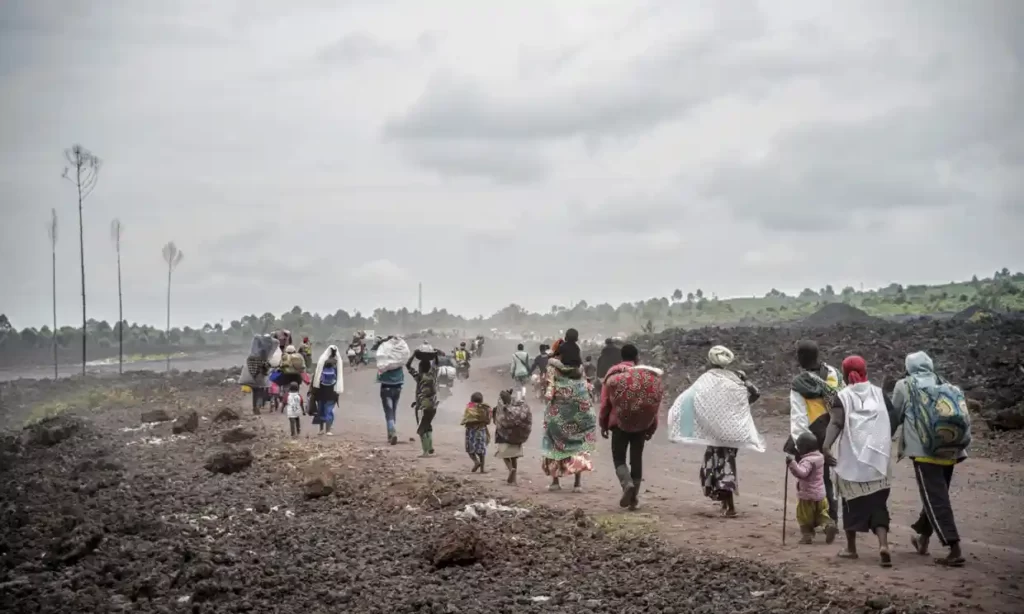
Image courtesy-The Guardian
Political players who wanted to sway public opinion against the peacekeepers organised and promoted some of the protests. With elections set for next year, the country is essentially in the pre-election stage politicians are utilising and fostering complaints for personal gain. The Goma youth section of the opposition ‘The Union for Democracy and Social Progress’ (UDPS) party demanded in a statement prior to some of the protests that Monusco “withdraw from Congolese land without restrictions because it has already proven its inability to offer us with protection.”
Way Forward
For years, the UN mission in the DRC has been steadily removing its personnel from the unstable nation. The DRC administration, led by President Felix Tshisekedi at the moment, declared that it was collaborating with the UN on a pullout strategy. The government and the public agreed that all UN forces should leave the DRC; however, it might take up to a year. However, according to analysts, the peacekeepers will be pressed into an abrupt withdrawal. While many politicians acknowledge their contribution to stability, they will be required to give logistical support for elections in 2023. The DRC government is also implementing security reform to create a powerful army to address all national security concerns.
The nation is currently receiving increased attention from global powers. The US secretary of state might visit South Africa, the Democratic Republic of the Congo, and Rwanda next month in an effort to counter the efforts of strategic rivals on the continent, including Russia and China.
You may also like:
US-Mexico Border Wall: The Visual Representation of a Political Separation
China: Ethnic Minorities and the Dilemma of Pluralism
About the Author
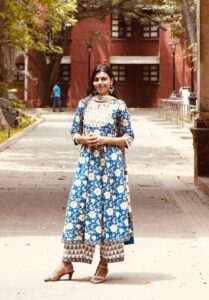
In addition to international news, cupcakes, and coffee lift Shamini’s spirits. She holds a master’s degree in international relations from Women’s Christian College, Chennai, and she has a knack for understanding what is going on in the overseas market and never fails to stay up to date on current events. Her primary research area is the Indo-Pacific region, but she also studies maritime security challenges in the Indian Ocean, Middle Eastern culture, global governance, and foreign relations. Shamini is a driven professional who chose ‘The International Prism’ as a career launching pad.




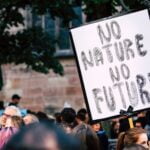


[…] Democratic Republic of Congo and the UN Peacekeepers: A Strained Relationship […]